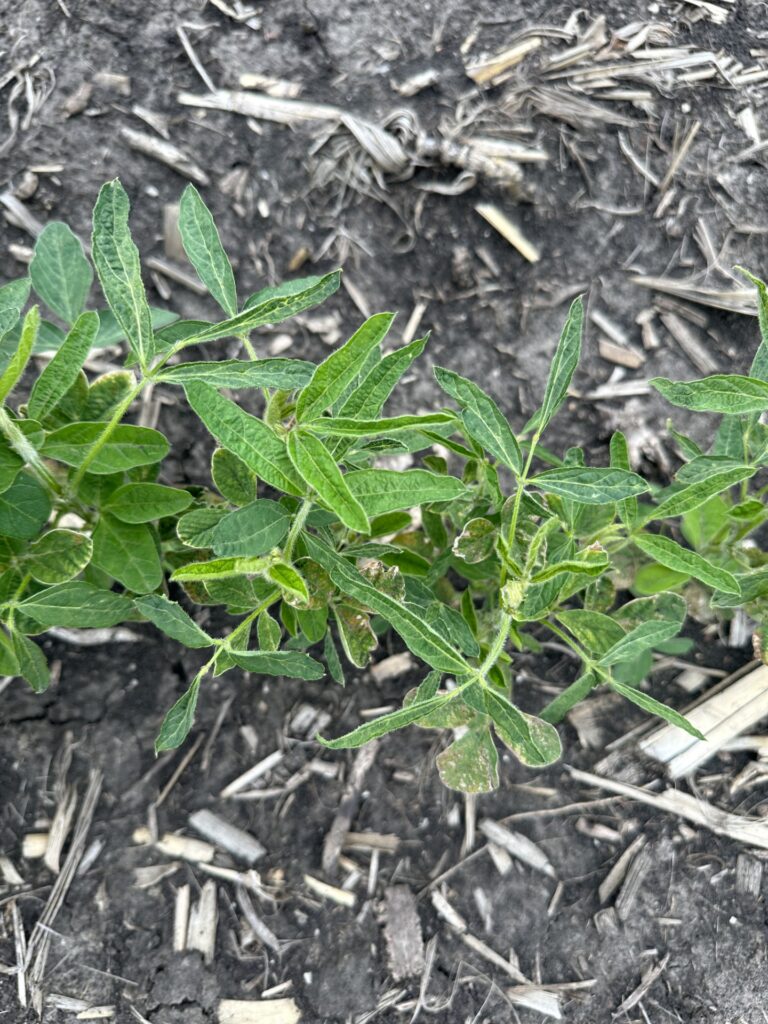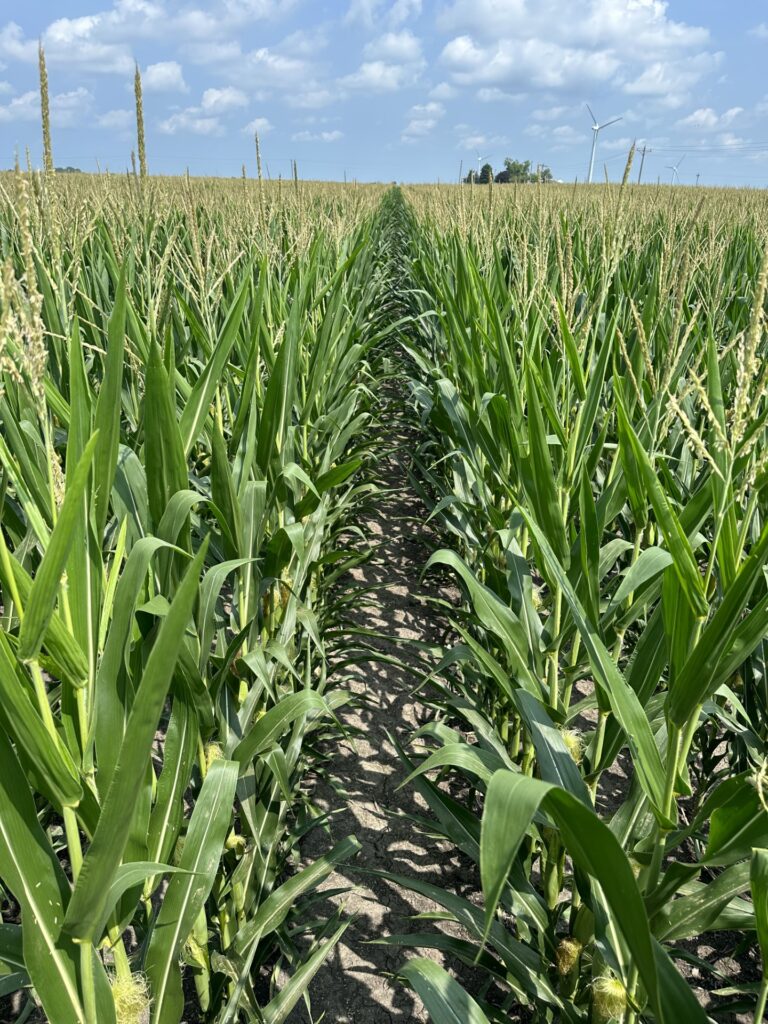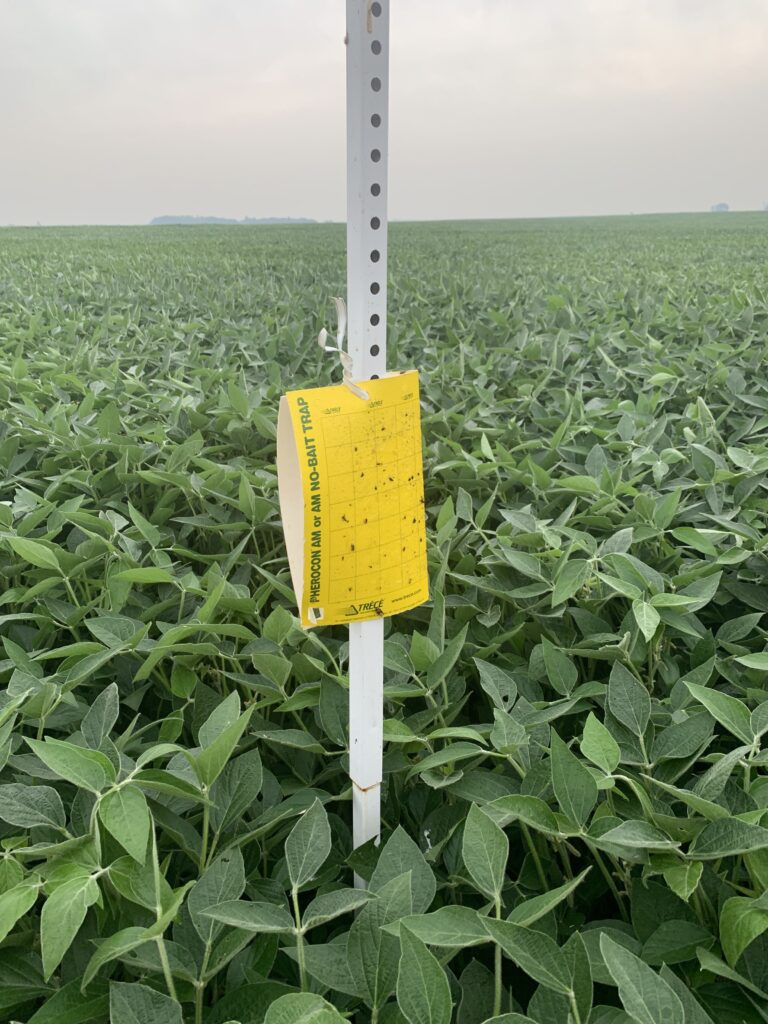It's really never too early to start planning for the next growing season. It should help limit surprises along the way. One of my favorite sayings is: "Surprise is the mother of panic." 2023 has presented some challenges so far. Many of those challenges will bleed over into our 2024 soybean crop. It's best to get out in front of them now.

This growing season showed us some very ugly reminders of how dry we were post herbicide application in 2022. We saw the carryover of HPPD, group 27 herbicides, as well as Clopyralid, a group 4 herbicide in our soybeans this year. We are rapidly setting up for a repeat of that situation for 2024. Unfortunately, there isn't a lot we can do other than hope for a wetter pattern to take place between now and planting season 2024. There will be some limited GT24 varieties available that would be HPPD tolerant in situations where known carry over will likely occur. Seed corn production fields are usually very suspect environments for HPPD carry over. Growers should try to quantify any yield loss in those areas of carry over damage and decide if a defensive measure should be taken in 2024.


The dry April-June really limited growth of corn hybrids. Many areas struggled to get past 6' tall at pollination. These shorter fields are allowing sun to hit between the rows and after generally widespread rains over the July 4th holiday, a second flush of weeds and waterhemp became present. Many of these second flushes will go untreated, leaving the potential for heavier weed pressure next year. Growers should take note at harvest of any weed pressure issues. Formulating a pre-emergence program and post-emergence platform that gives you multiple modes of action will be highly recommended.

In many East Central Illinois areas, Corn Rootworm pressure has been low. Now is a great time to place yellow sticky traps in soybean fields to monitor those pressures. If lower CRW pressure is determined to be present in your area, this could lead to a cost savings on seed by using a VT2 hybrid over a fully traited Stax hybrid. In Ehler Brothers Seed, hybrid testing over the past 5 years VT2 hybrids can bring on average up to 10 more bushels than the Stax version.
Taking note of what is occurring in our corn and soybean fields now can help us make better decisions for next growing season. Those decisions can not only lead to increased revenue, but potentially reduce surprises and panic.


 and then
and then